

Kashmir is a disputed territory in the Himalayas between Pakistan, India and China with a total population of around 16 million. The Kashmir region lies at an altitude of around 1,650 meters and is divided between these three states. The largest area is occupied by the Indian state of Jammu and Kashmir with around 10.5 million inhabitants; China has the smallest portion of Kashmir with only around 12,000 inhabitants.
The extent of the entire Kashmir Valley is about 140 by 40 kilometers, surrounded by the huge mountains of the Himalayas.
The Kashmir region is known worldwide for its cashmere wool, which is obtained from the inner fur of the Cashmere goat. The famous scarves, carpets and capes are made from the wool.
The largest cities on the Indian side include Srinagar, Sopore Anantnag, Baramulla and Shopian; on the Pakistani side they are Muzaffarabad, Mirpur City, Kotli and Rawalakot.
The entire Kashmir Valley has a temperate climate with mild summers and cold winters. About 92% of all residents are Muslims and the main languages spoken are Urdu and Kashmiri.
The main attractions on the Pakistani side include the Red Fort, Subri Lake, Kotia Waterfall, Ganga Lake, Panjal Mastan National Park, Leepa Valley, Mangla Lake, Ramkot Fort and Tatta Pani.
Kashmir in India is now a popular Indian holiday destination for local and foreign tourists and has increased significantly in recent years. The most important tourist destinations are the ski resort in Gulmarg, the megacity of Srinagar, the Dal Lake, the Amarnath Temple and Pahalgam. The landscape of Kashmir consists of several lakes, various Mughal gardens and the surrounding Himalayas, ideal for mountaineering.
The agricultural products grown are corn, wheat, barley, oats, rice, asparagus, cauliflower, beans, white cabbage and saffron.
The largest city in all of Kashmir is Srinagar with around 1.4 million inhabitants. The city is located in the high Kashmir basin and is known for the production of silk and leather goods, silver and copper items as well as the famous traditional carpets.
The important tourist attractions in Srinagar include the Dal Lake, the Hazrat Bal Mosque, the Indira Ghandi Tulip Garden, the Shankaracharya Hill, the Badamwari Garden, the holy place Hazratbal, the Nishat Garden, the Kheer Bhawani Temple and the Nehru Memorial Botanical Garden .
In May 2017, I visited beautiful Kashmir on the Indian side in one day. After a 90-minute flight from Delhi to Srinagar, the first problem was that I didn't have an entry permit. After filling out all the forms, I booked a tour of several hours with a local taxi driver at the airport. To my surprise, the security measures at and outside the airport were roughly comparable to Kabul in Afghanistan.
In the end, the tour was a complete success; the driver was very knowledgeable and showed me all the attractions in the city and the surrounding area. The view point at Shankaracharya Hill and Dale Lake were just amazing, all the people were so friendly and somehow happy to meet a white foreign tourist.
Except for the constant military checks, Kashmir was actually much more beautiful than expected.
In the evening, after an eventful day, I flew back to the Indian capital Delhi.

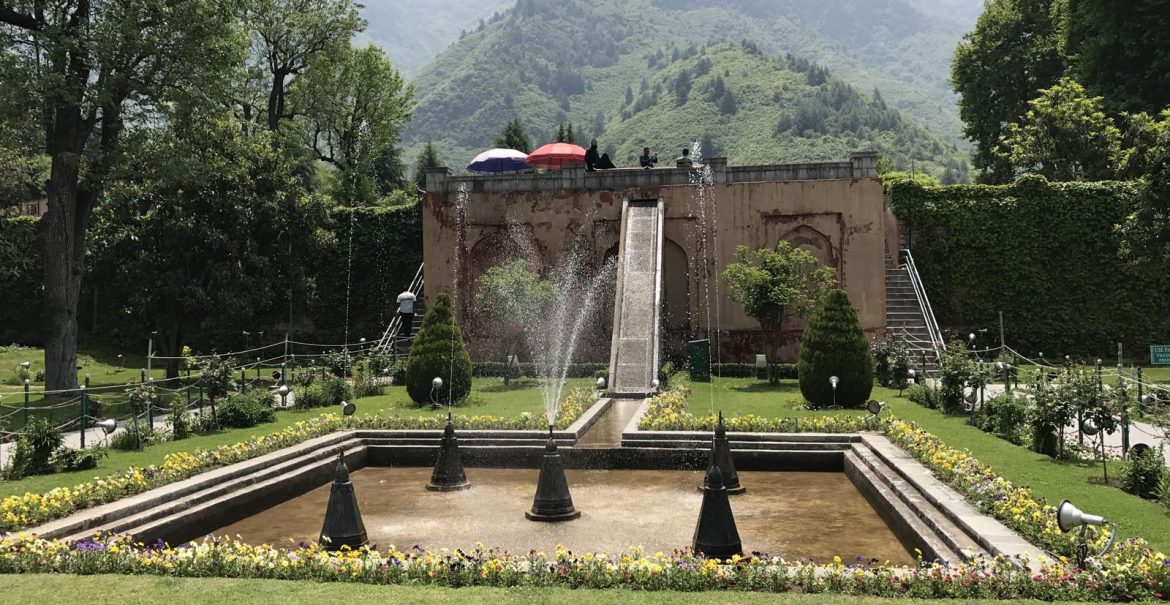

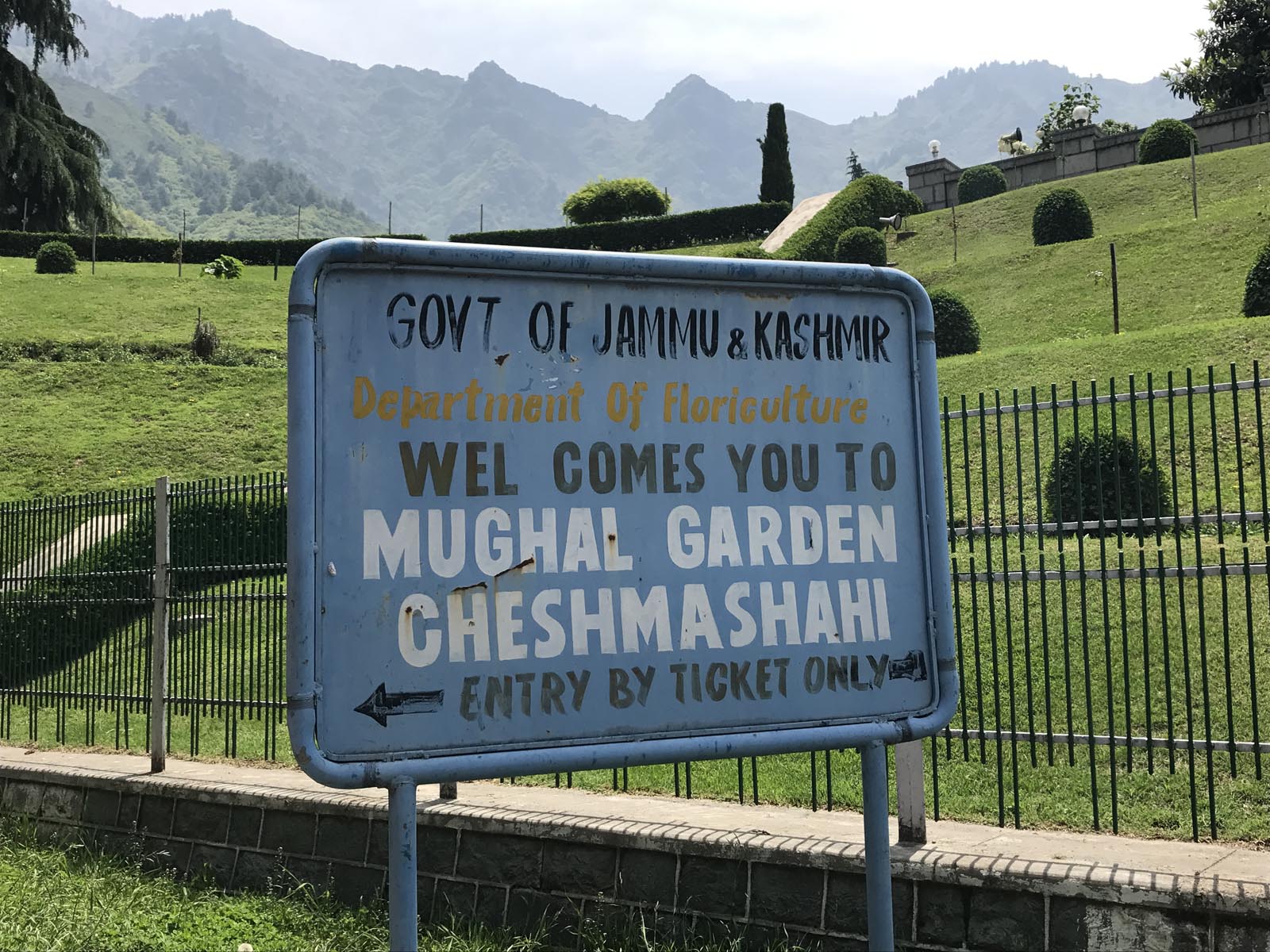
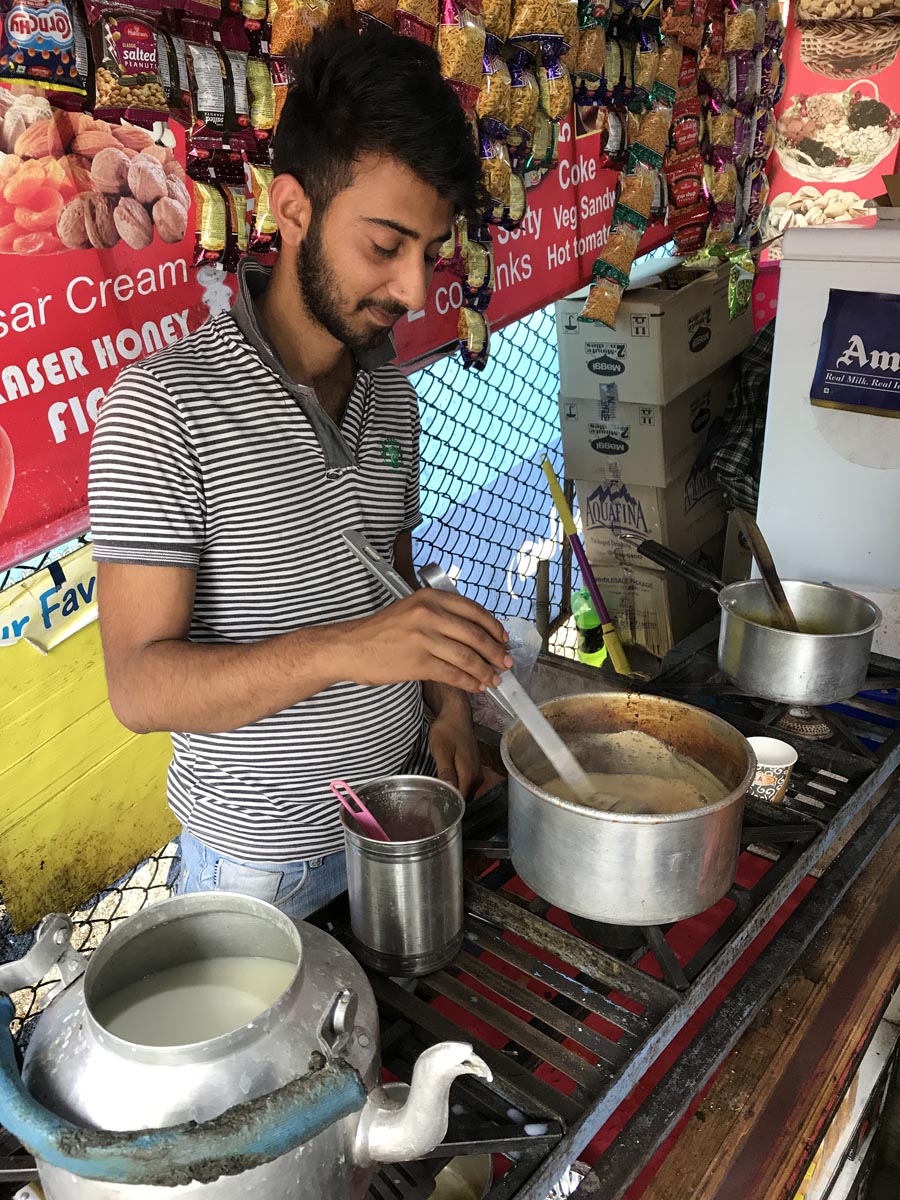
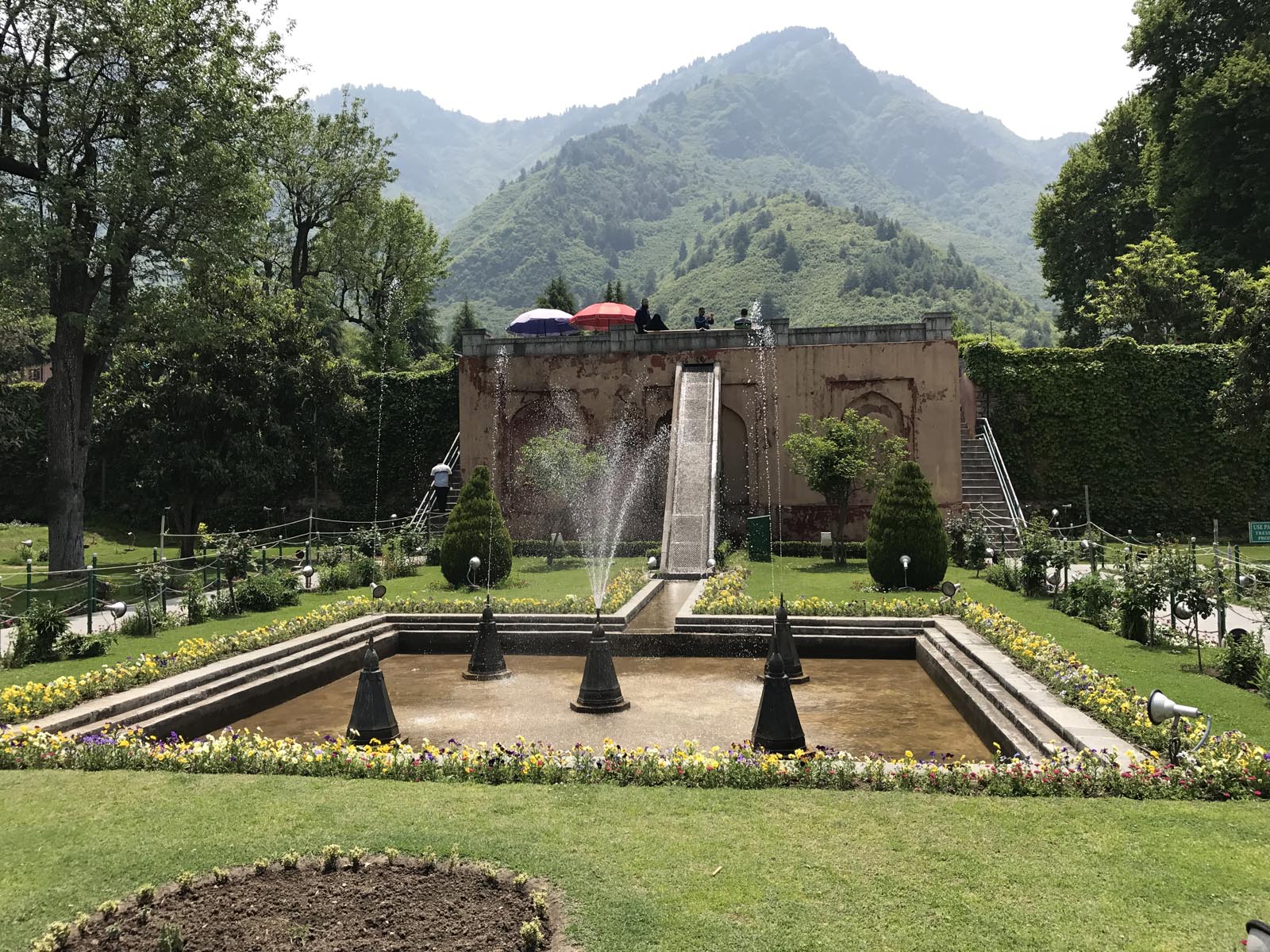
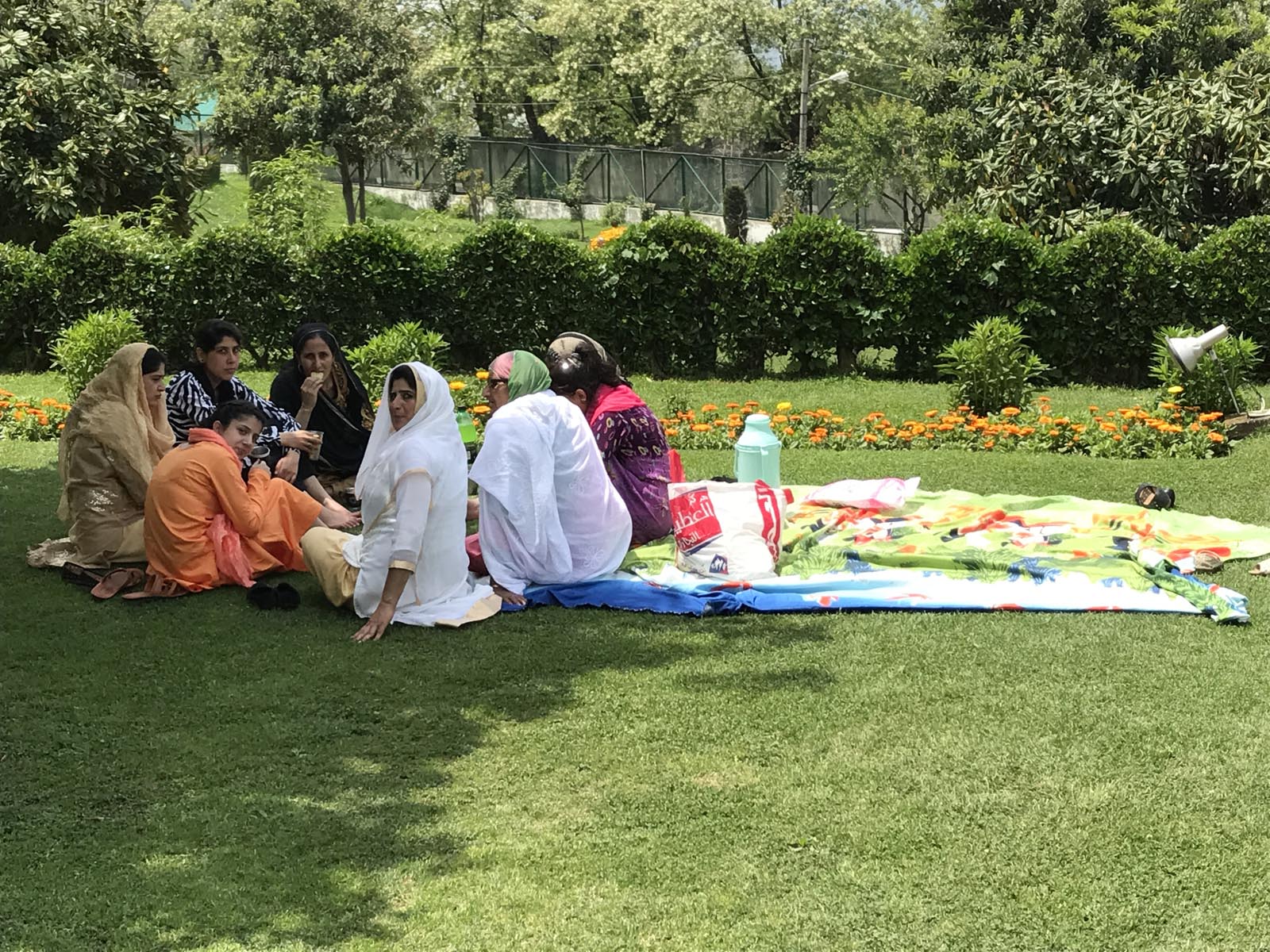
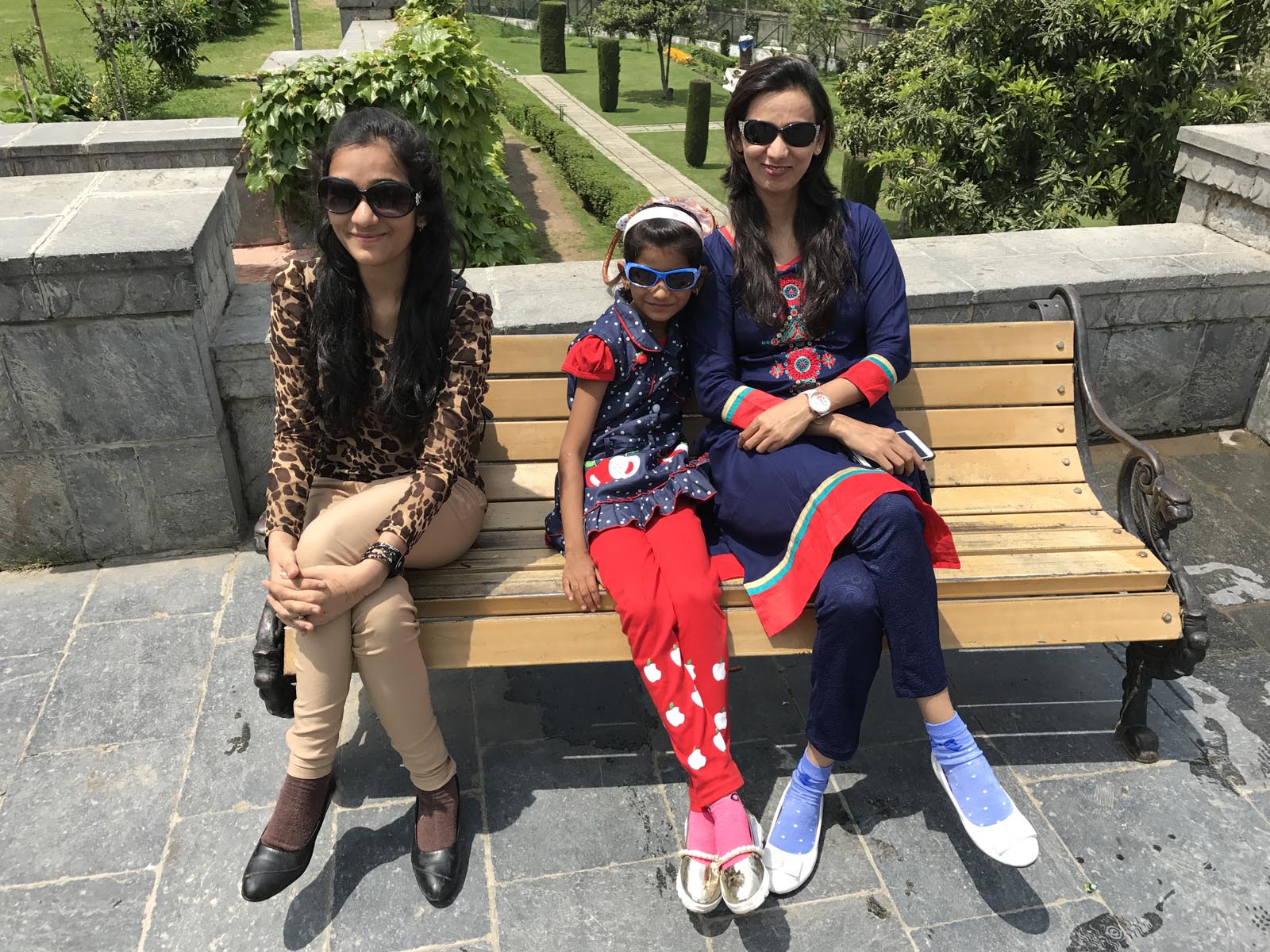


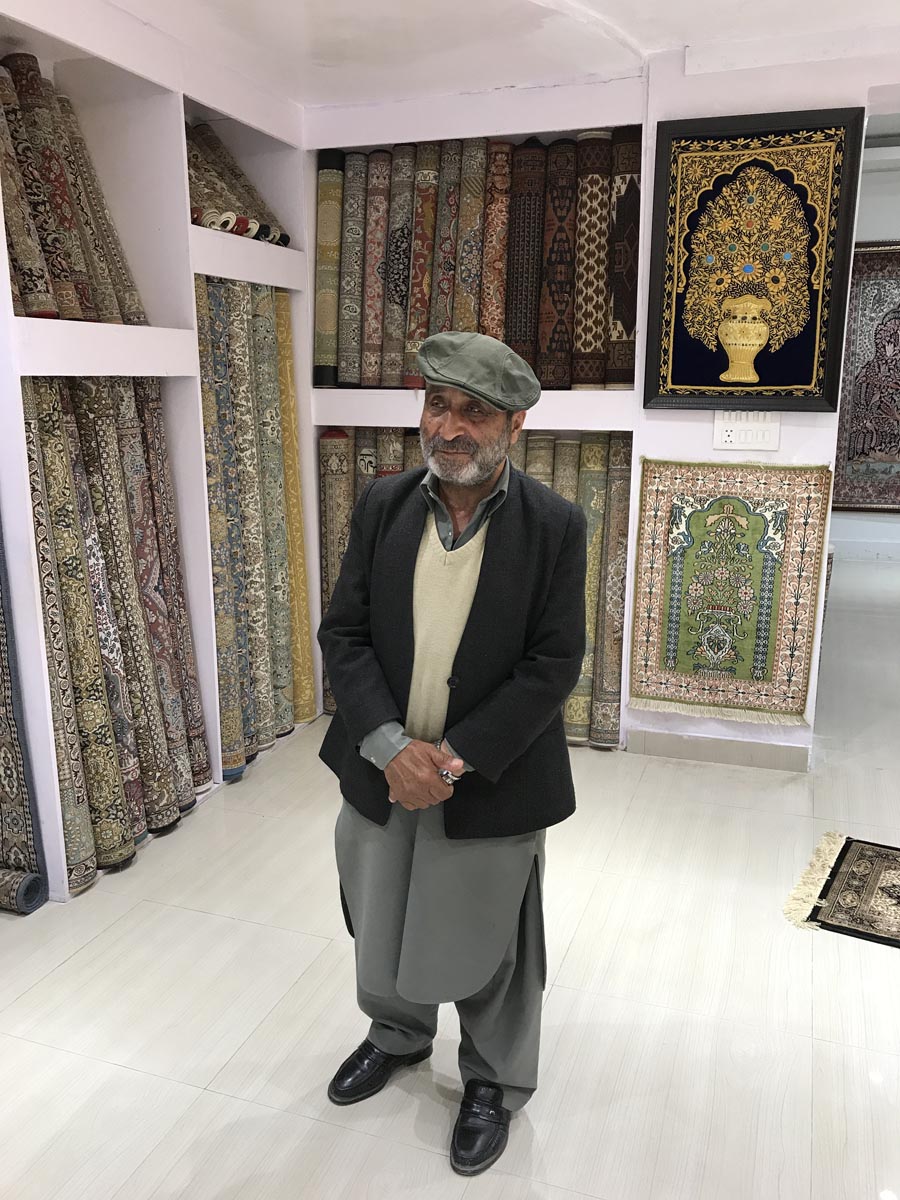

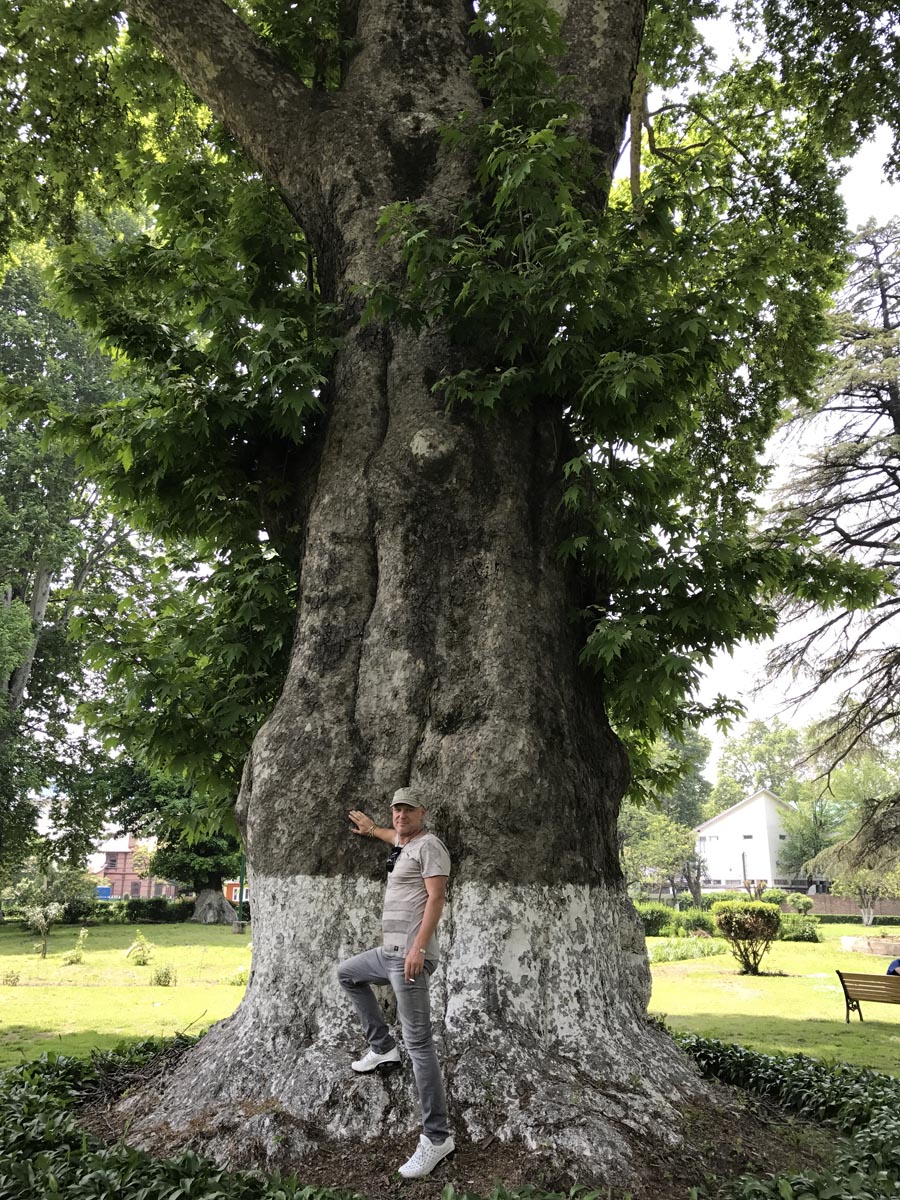

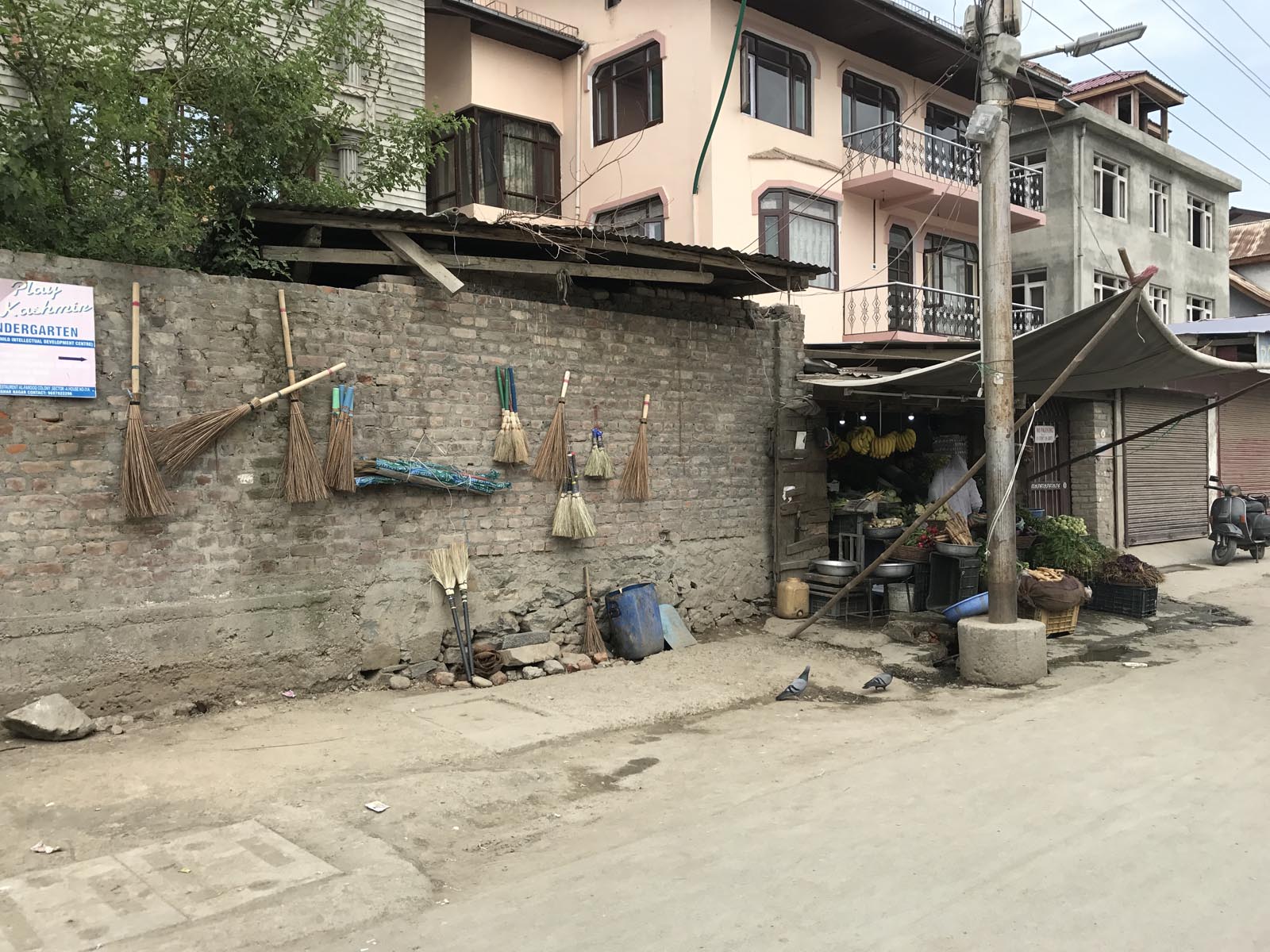
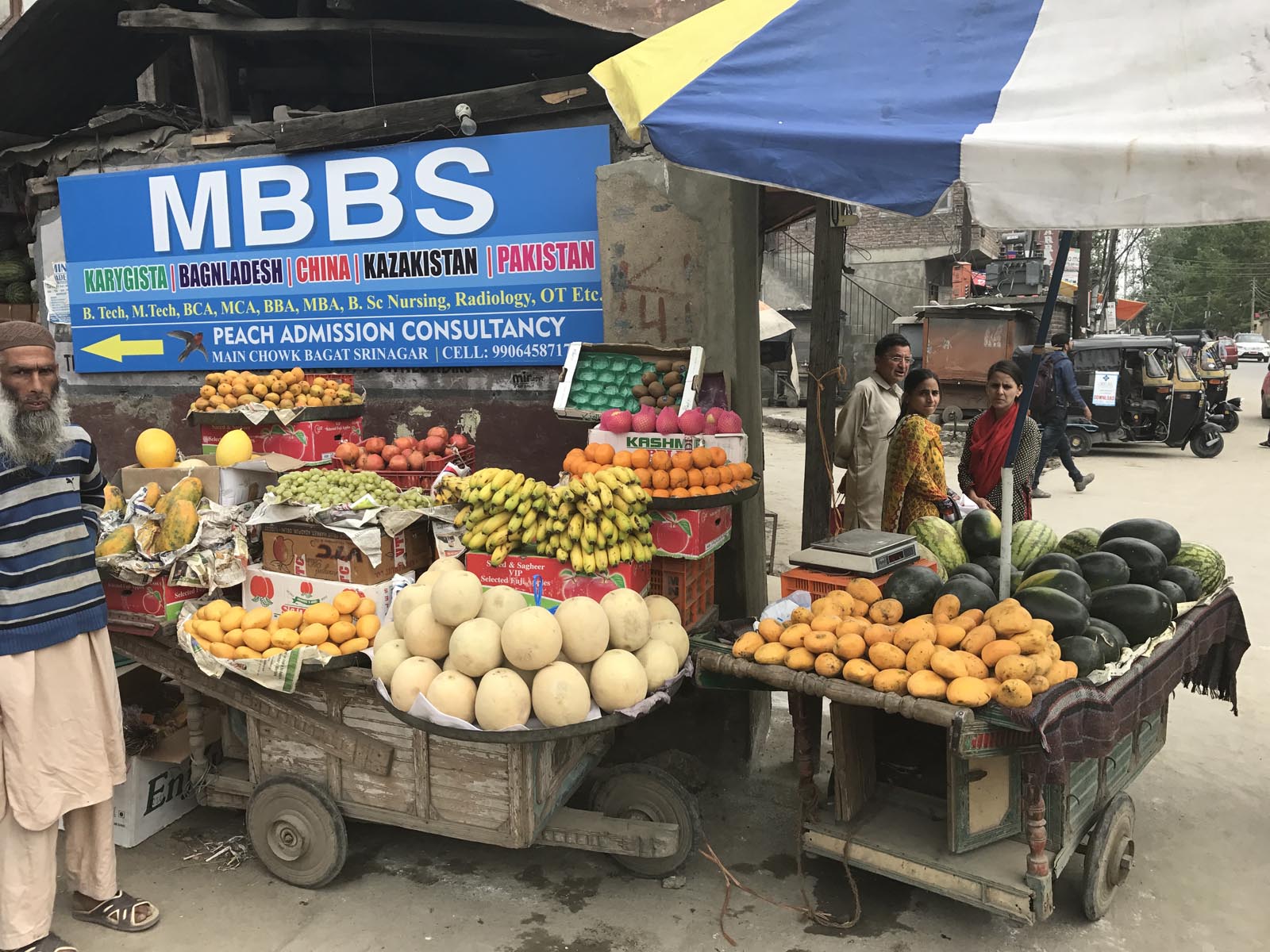

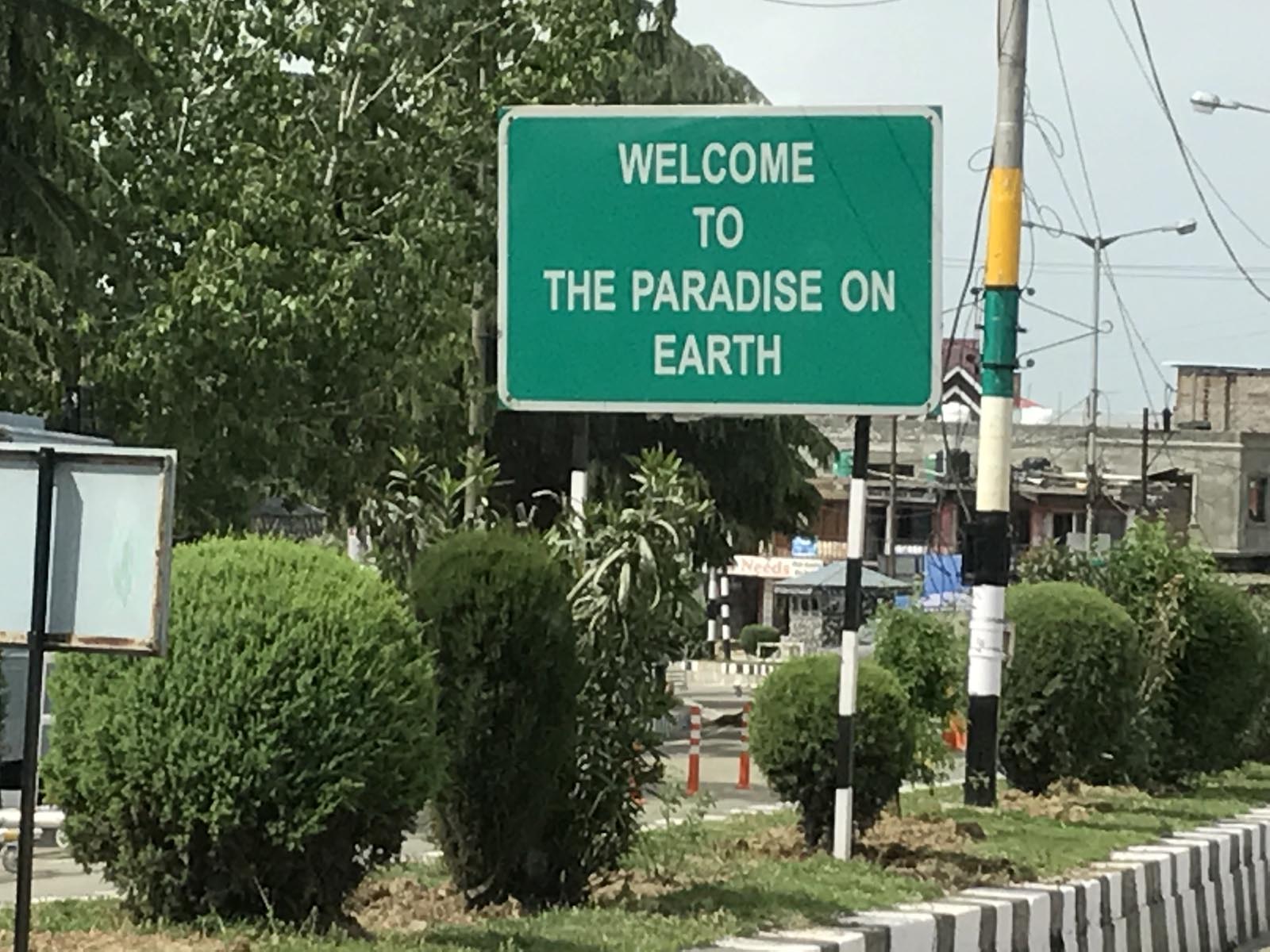
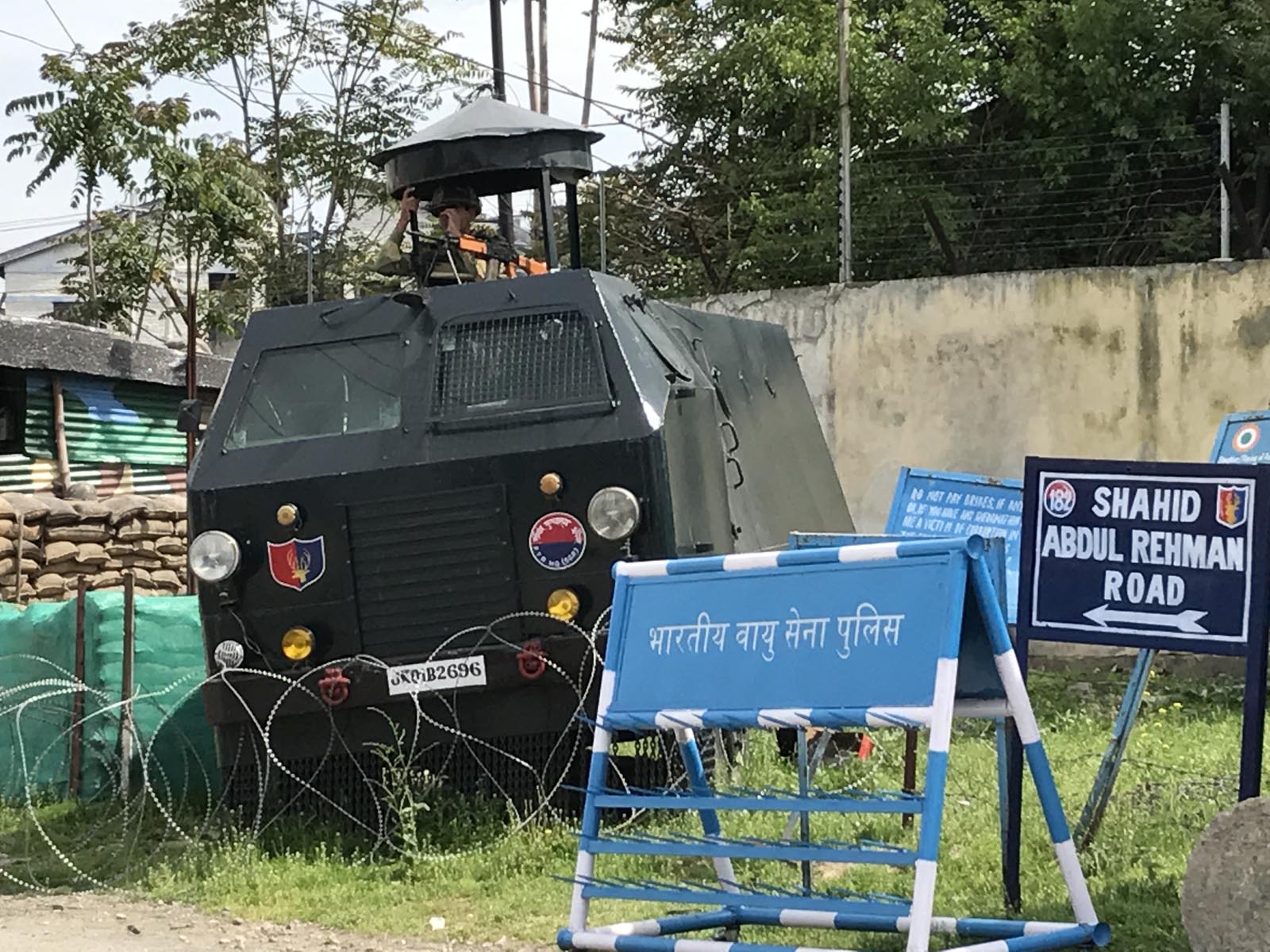
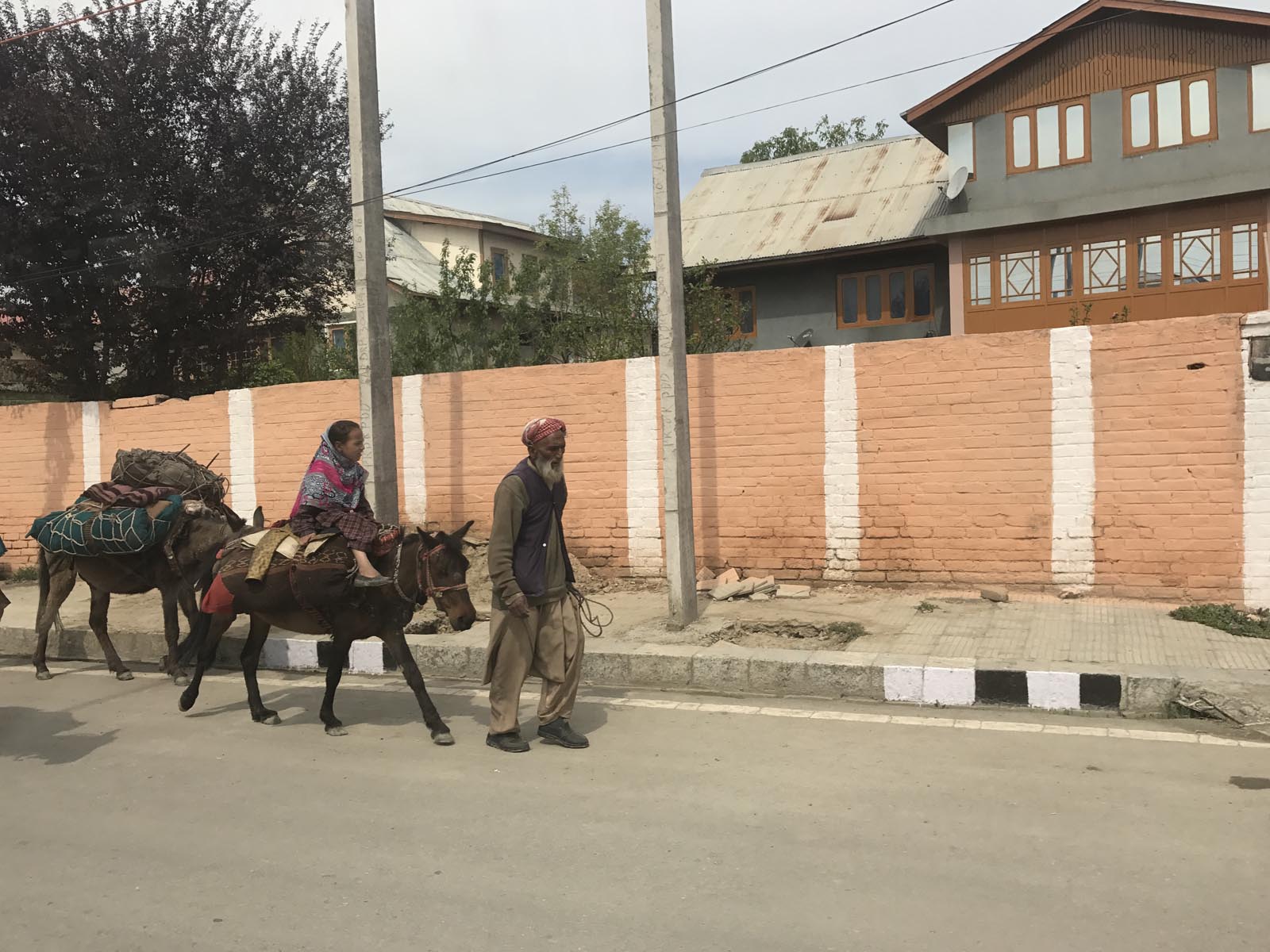
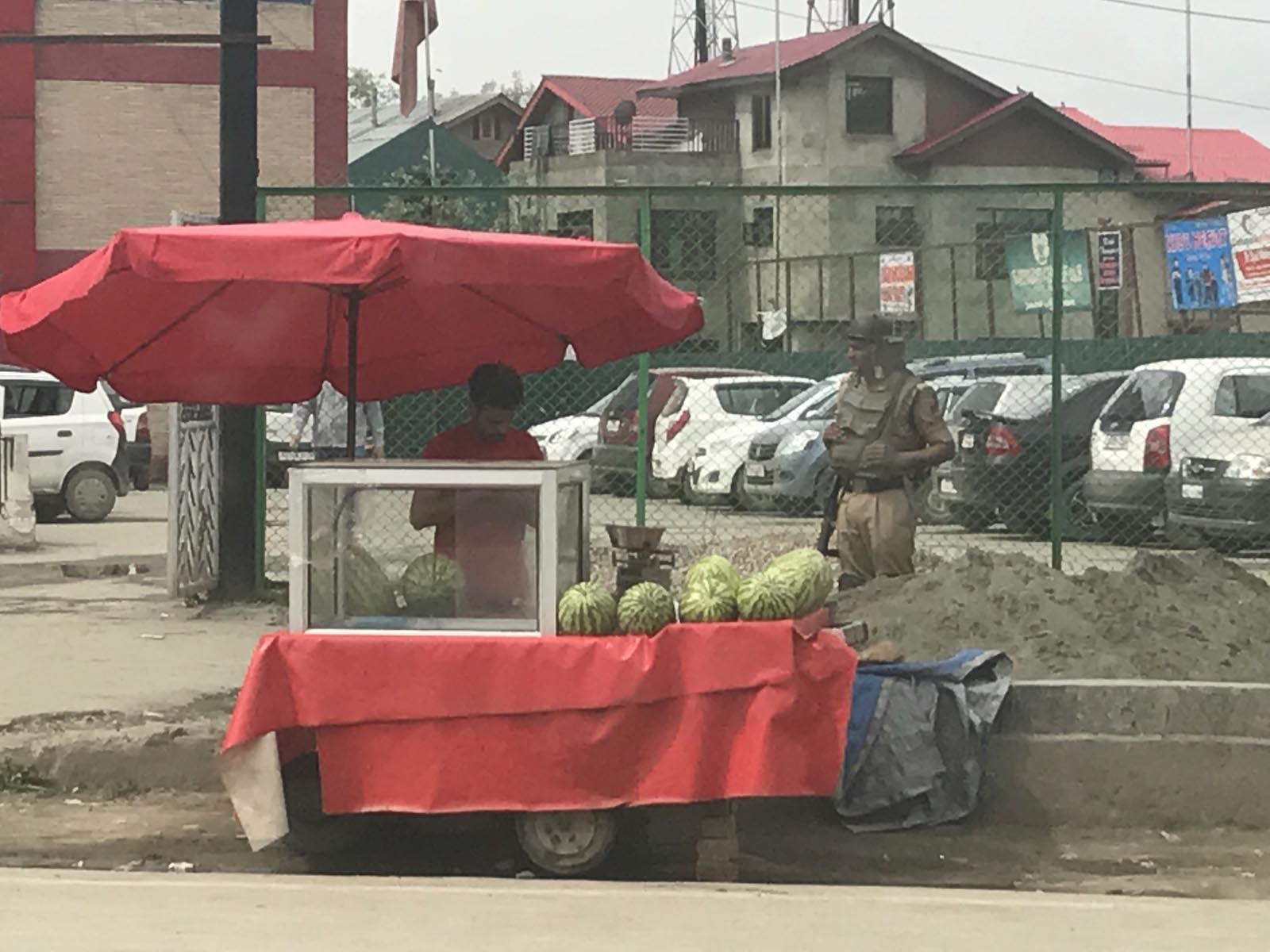
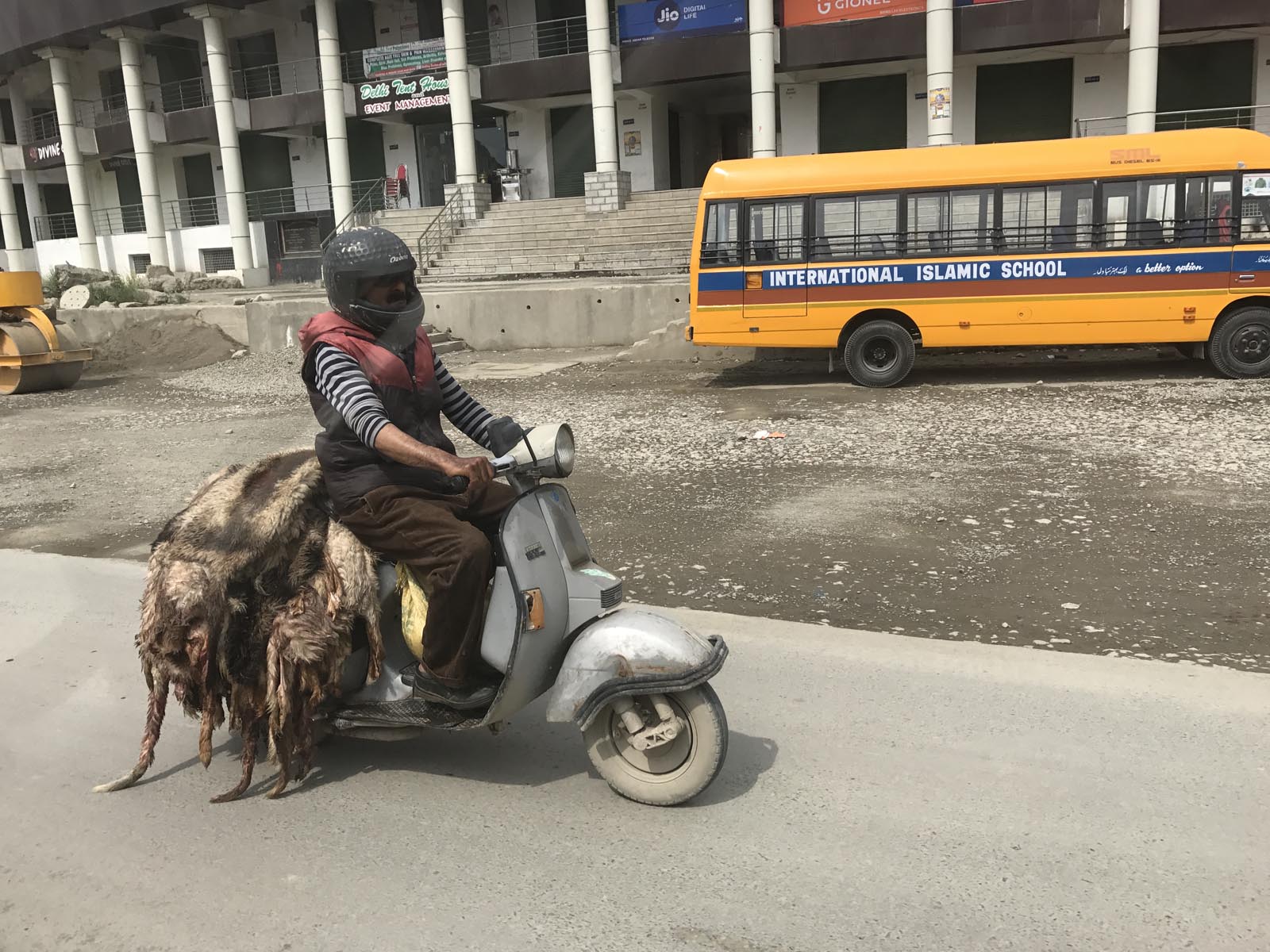
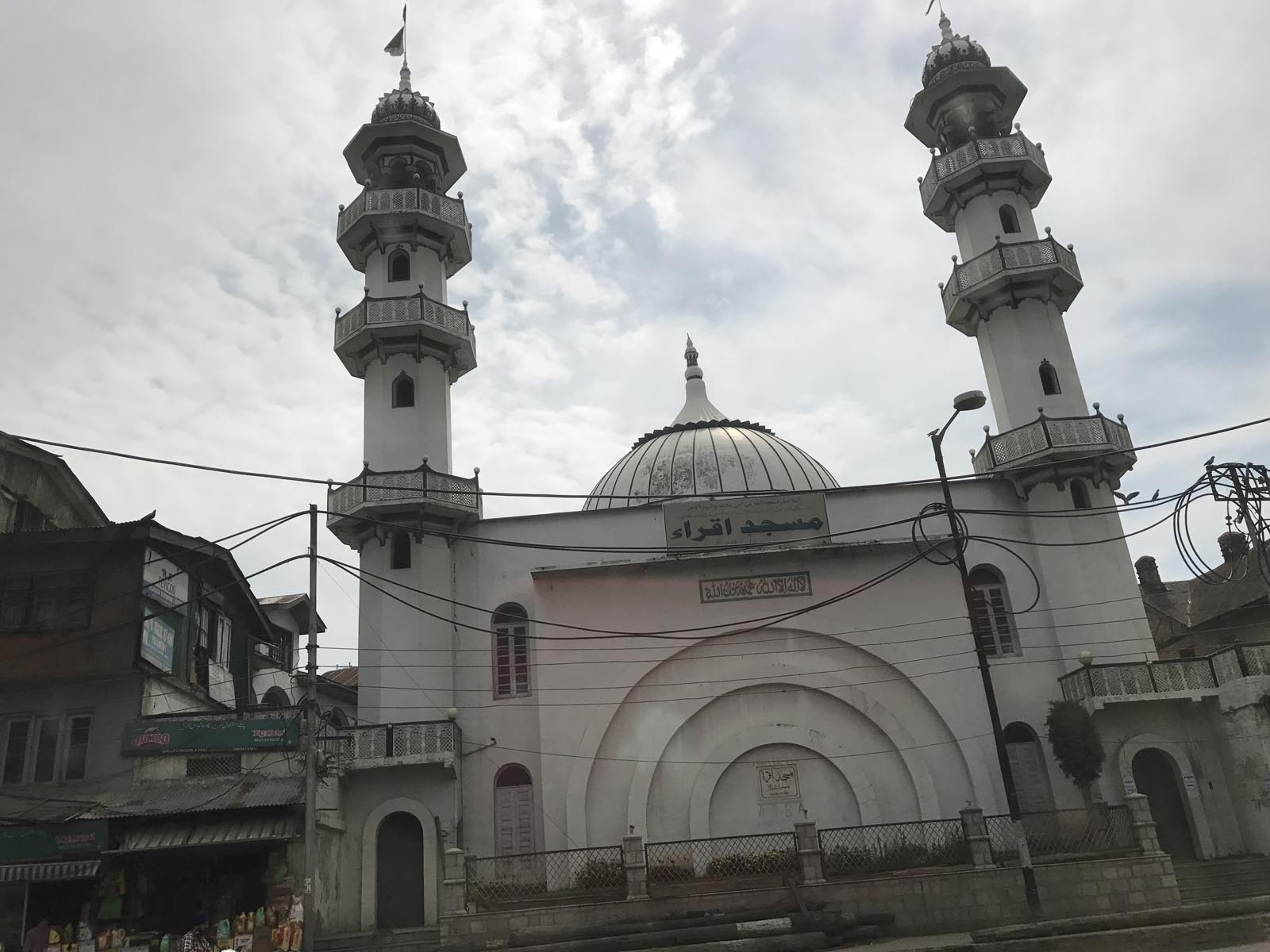
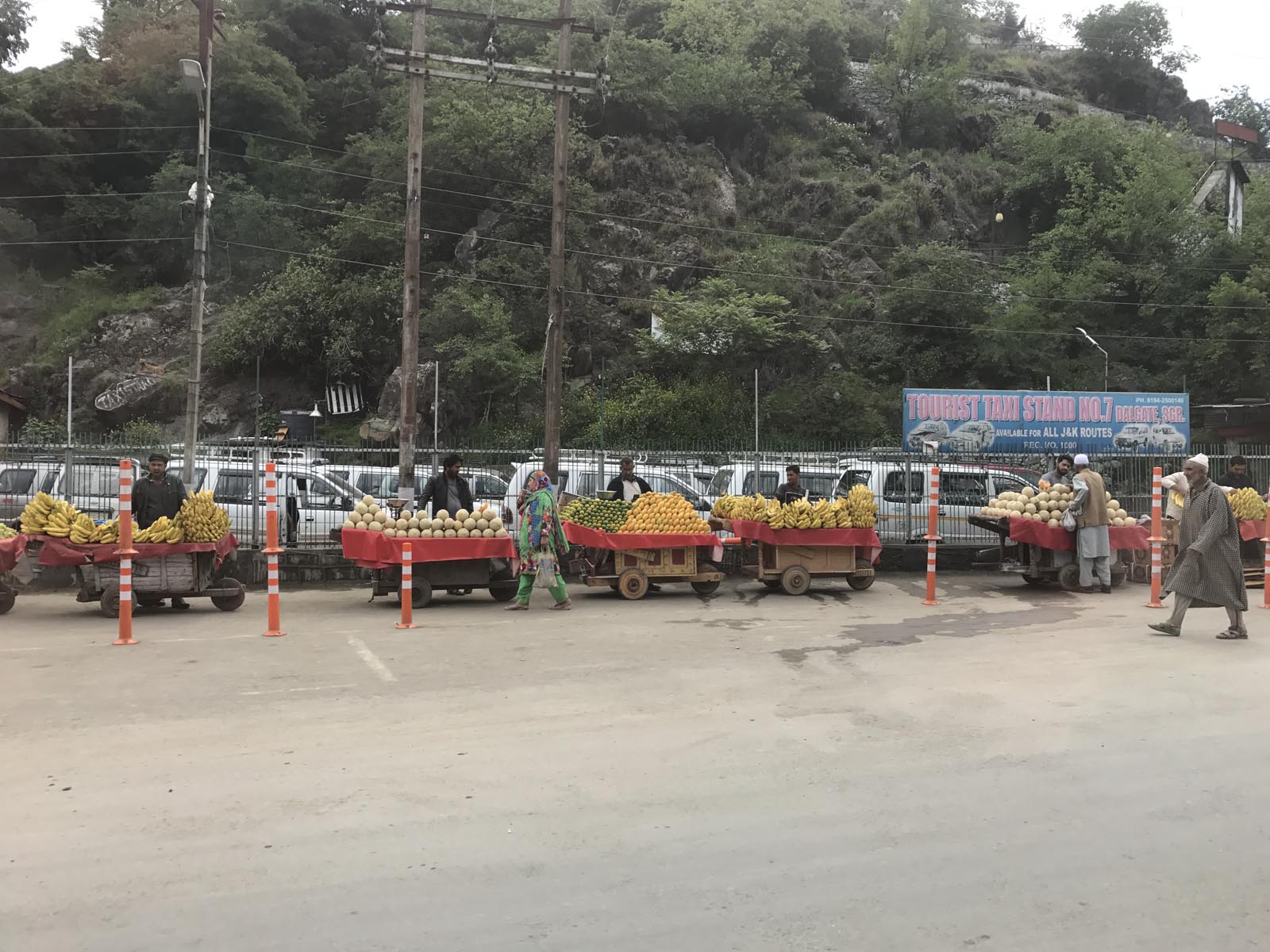
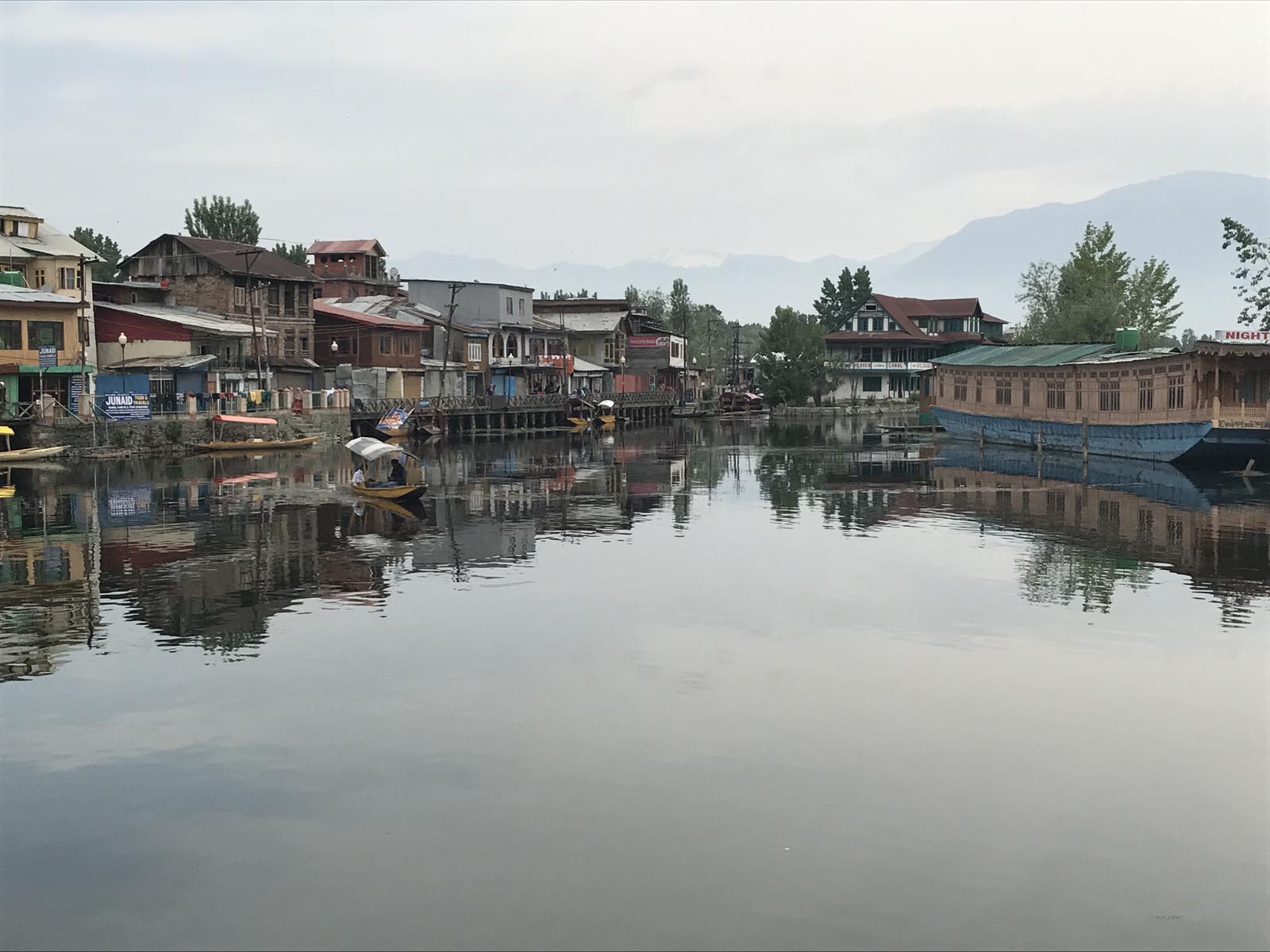
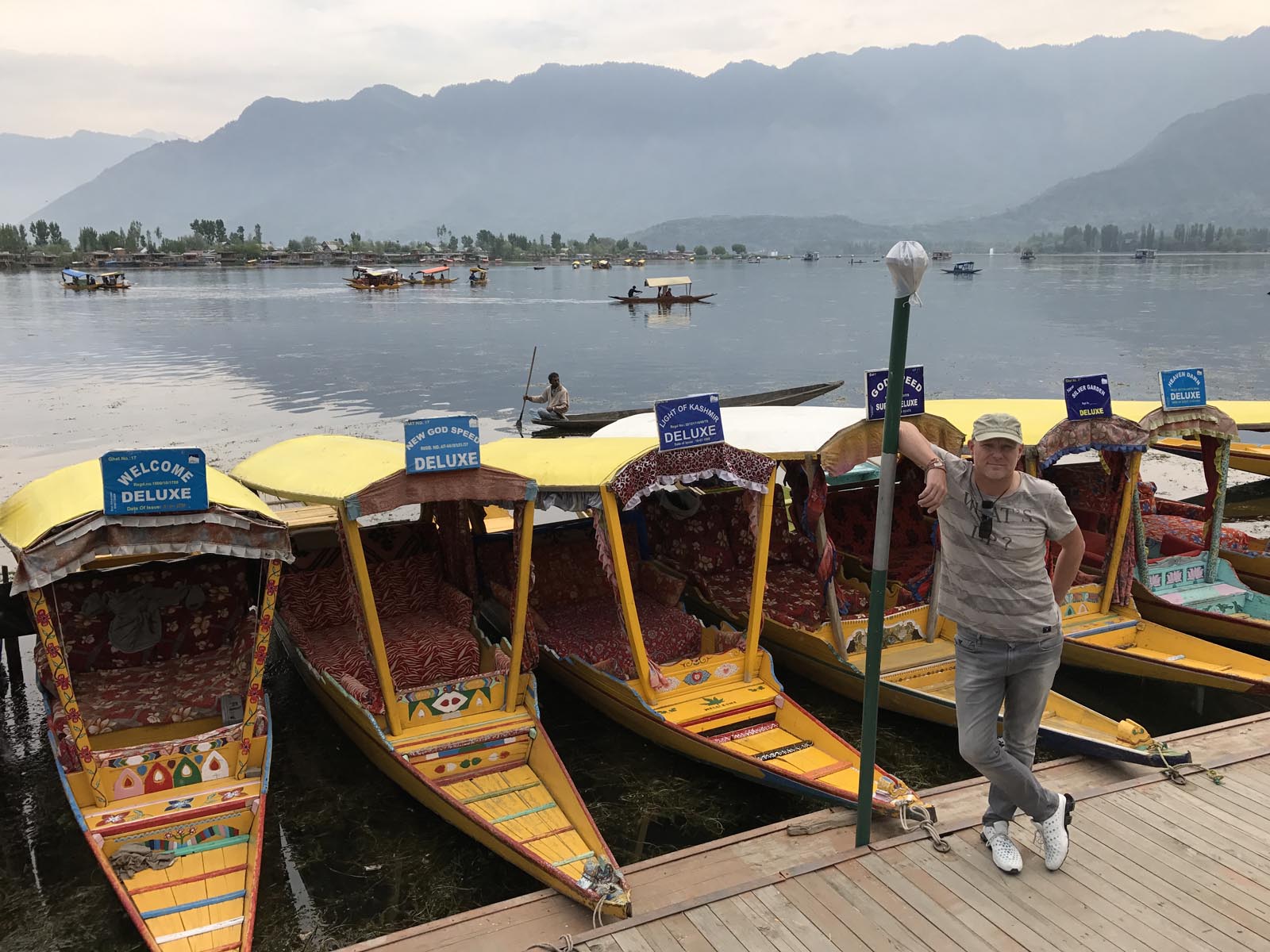

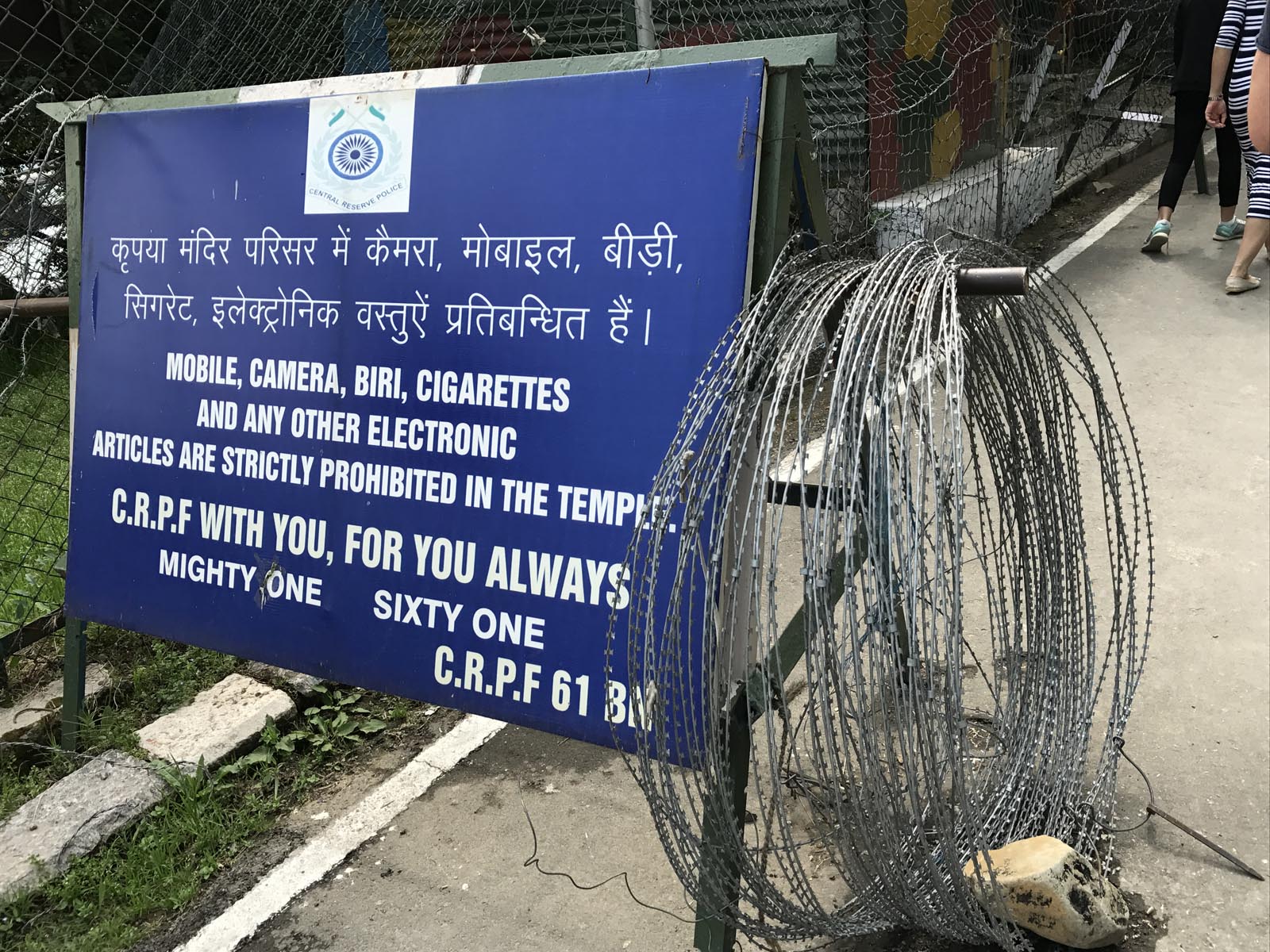

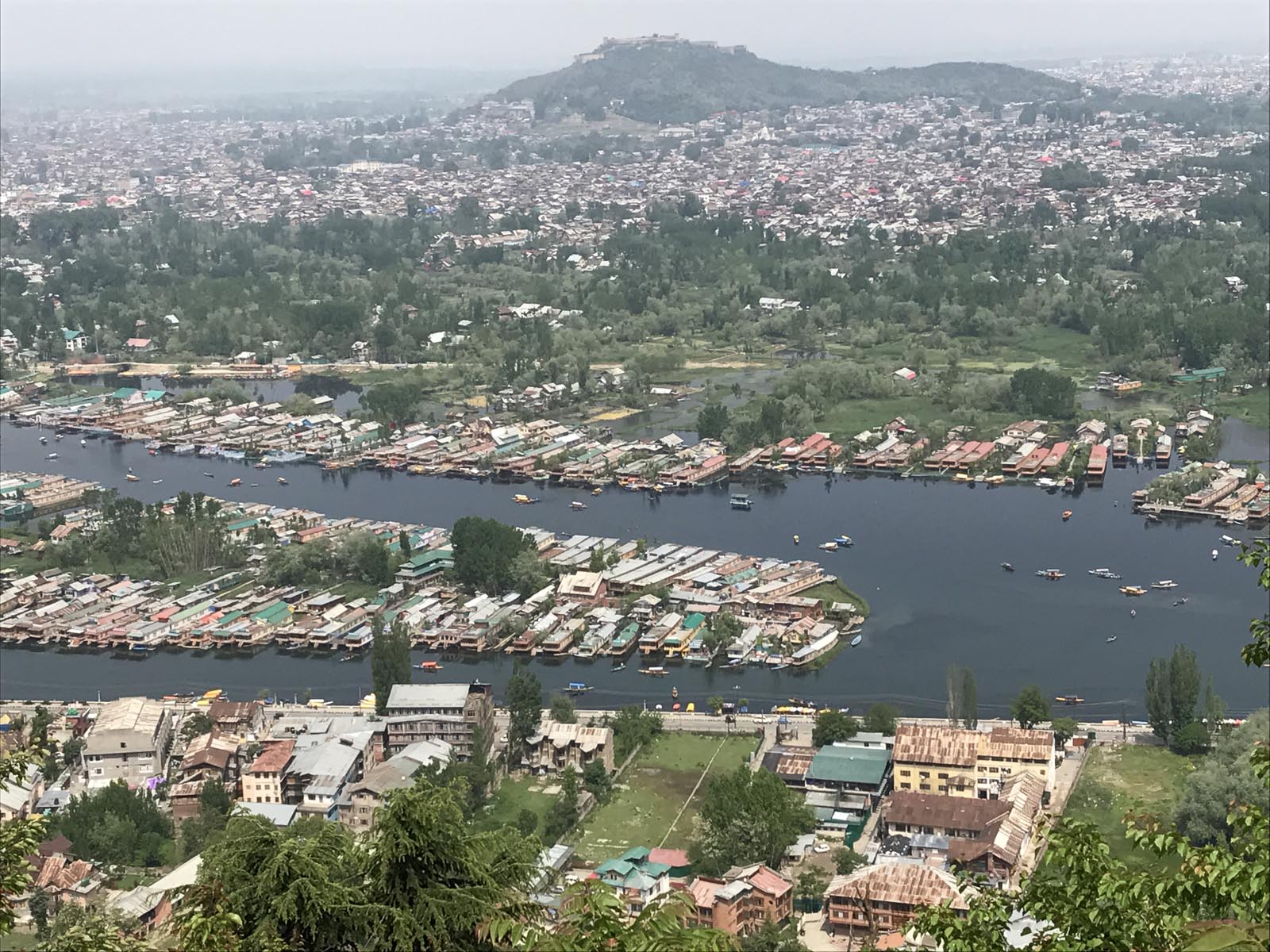
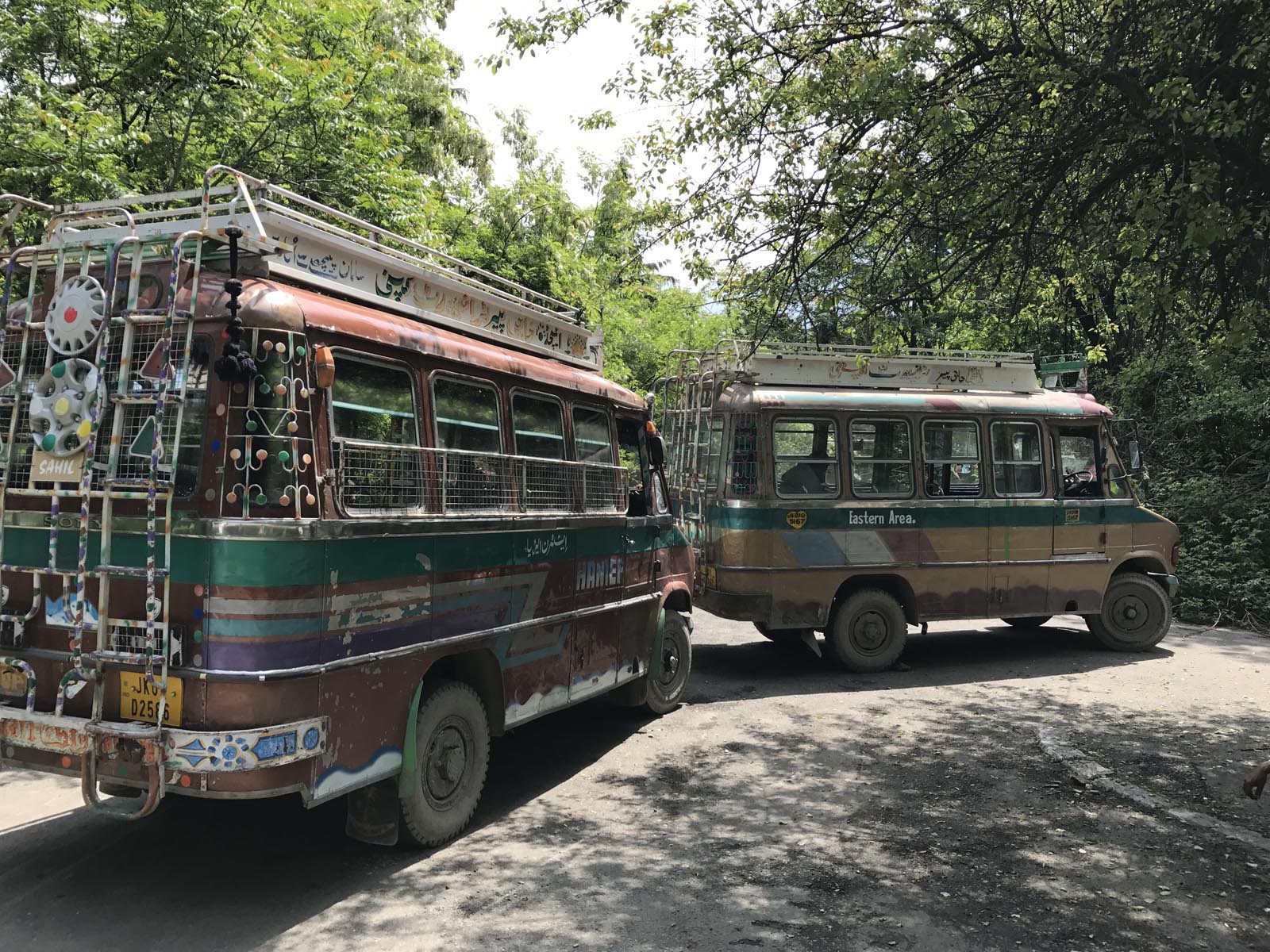

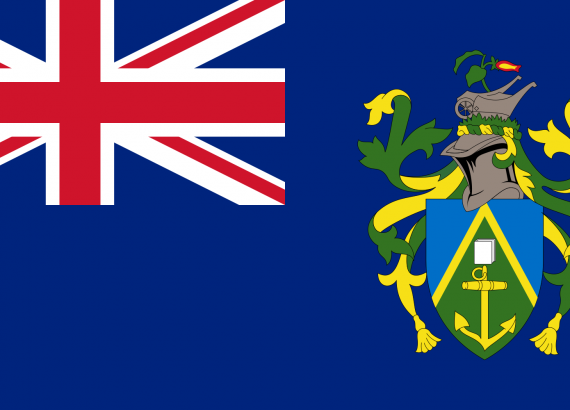
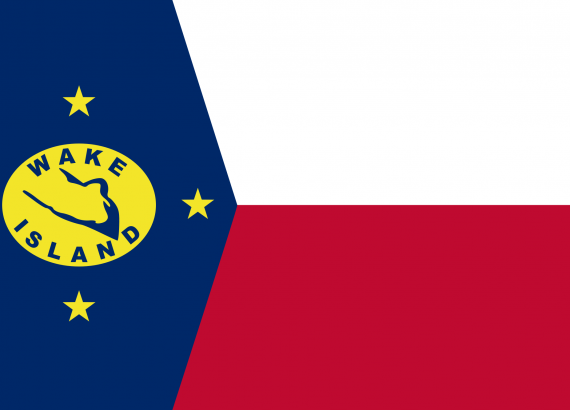
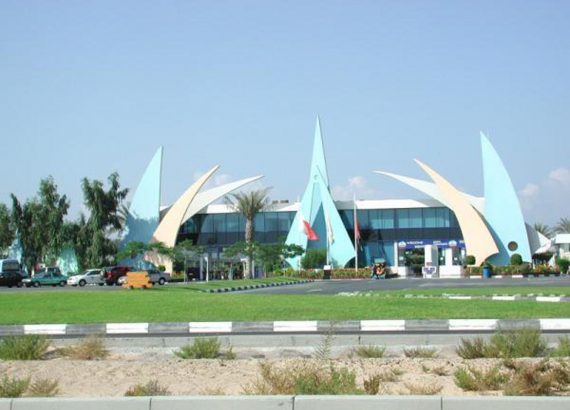
No Comments